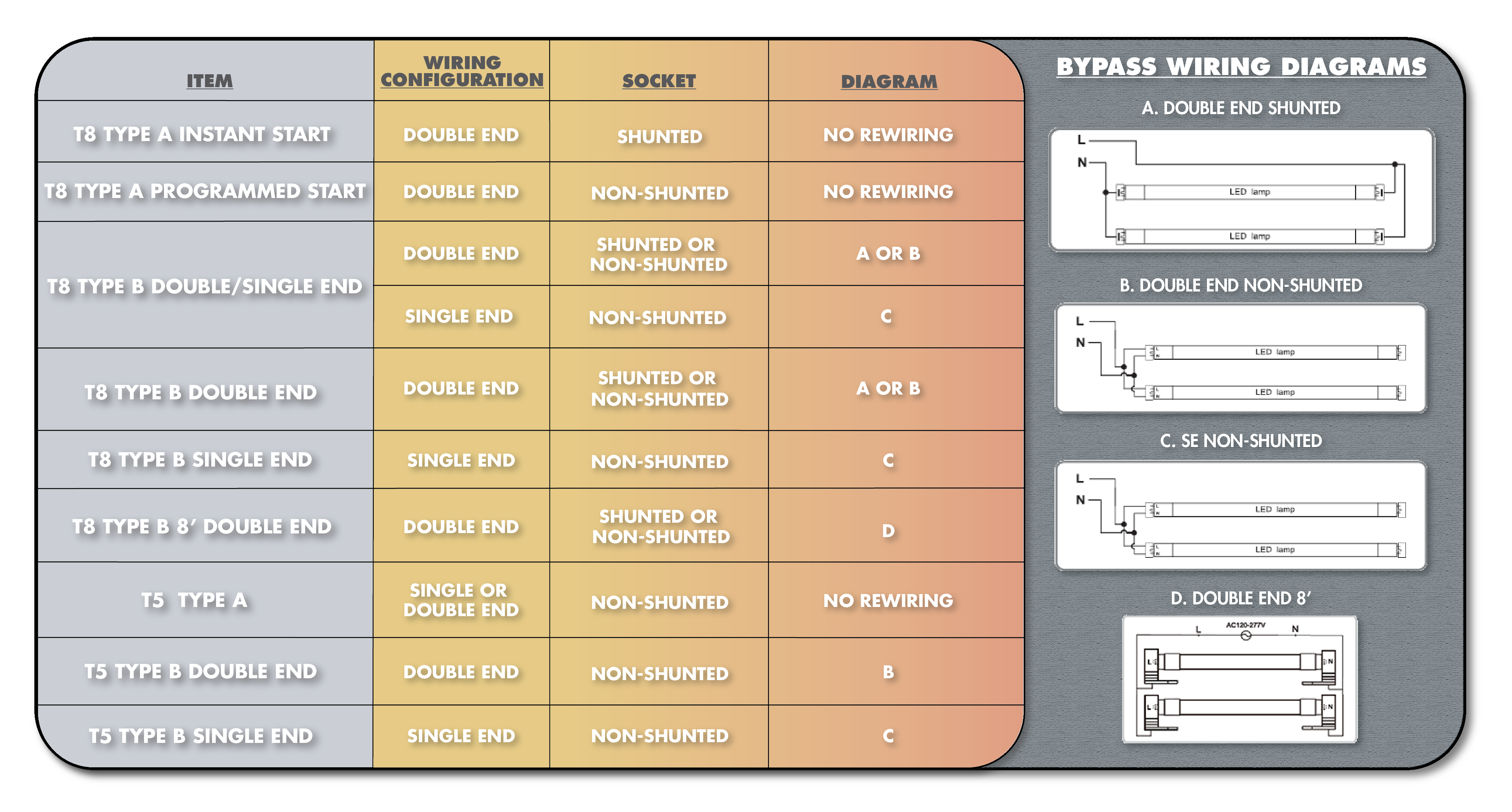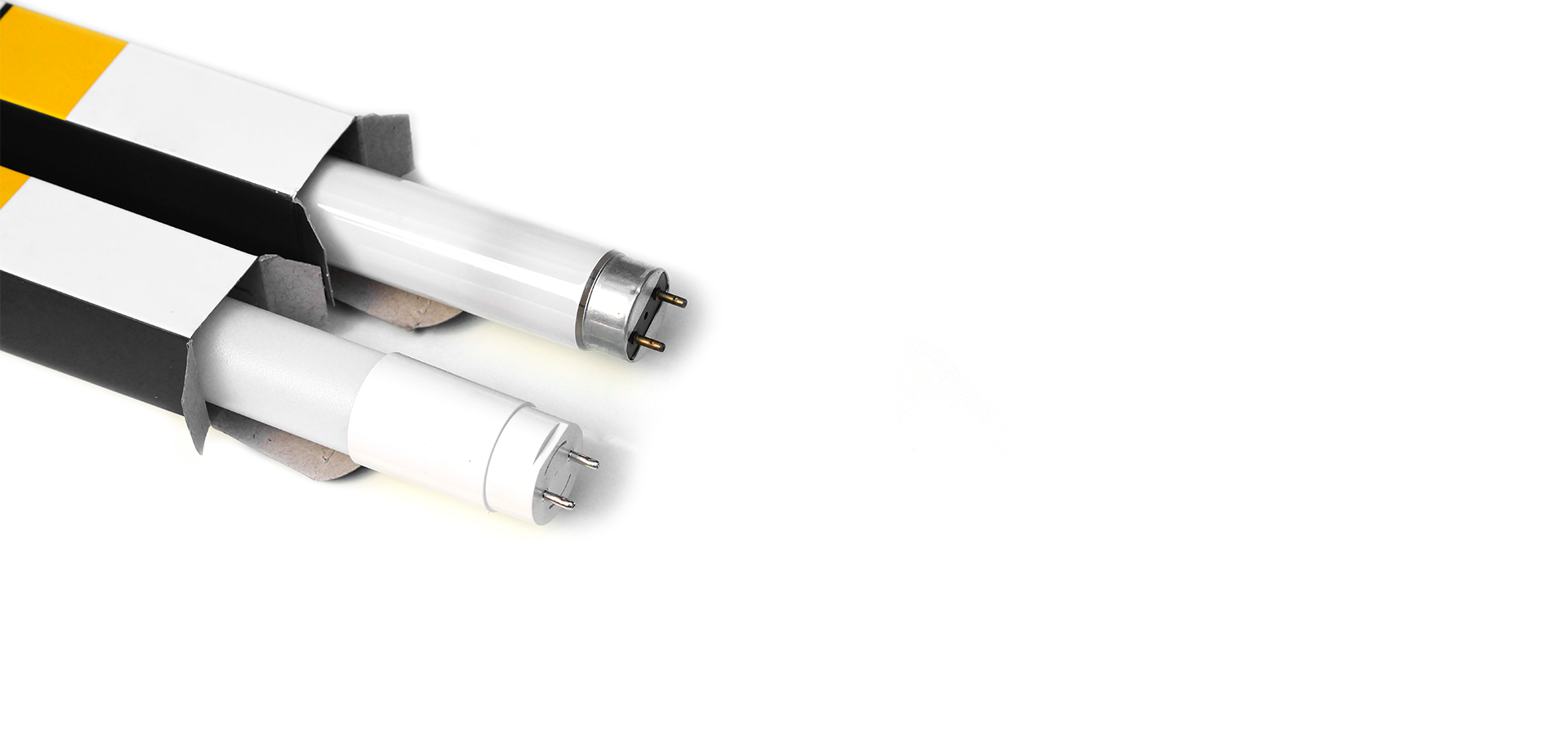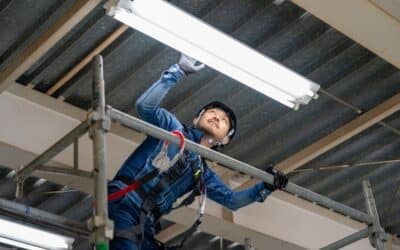Shunted and Non-Shunted Sockets Explained
What is the difference between shunted and non-shunted sockets? And how do you determine which one you need?
Let’s break it down first by defining what exactly shunted and non-shunted mean, and then we can discuss when to use which.
Shunted sockets house internally connected electrical contacts. The electrical current runs on a single track from the ballast, through the socket, and then to the lamp’s pins. These types of sockets receive voltage through a single set of wires and spread it to two contacts. To keep it simple, think of shunted sockets as connected.
Non-shunted sockets have individual entry points for the wires, providing two tracks for the electrical current to travel. Unlike shunted sockets, non-shunted sockets house contacts that are not internally connected. Instead, they send voltage to each of the contacts through two separate wiring tracks. To keep it simple, think of non-shunted sockets as not connected.
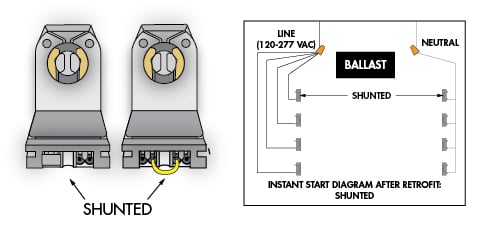
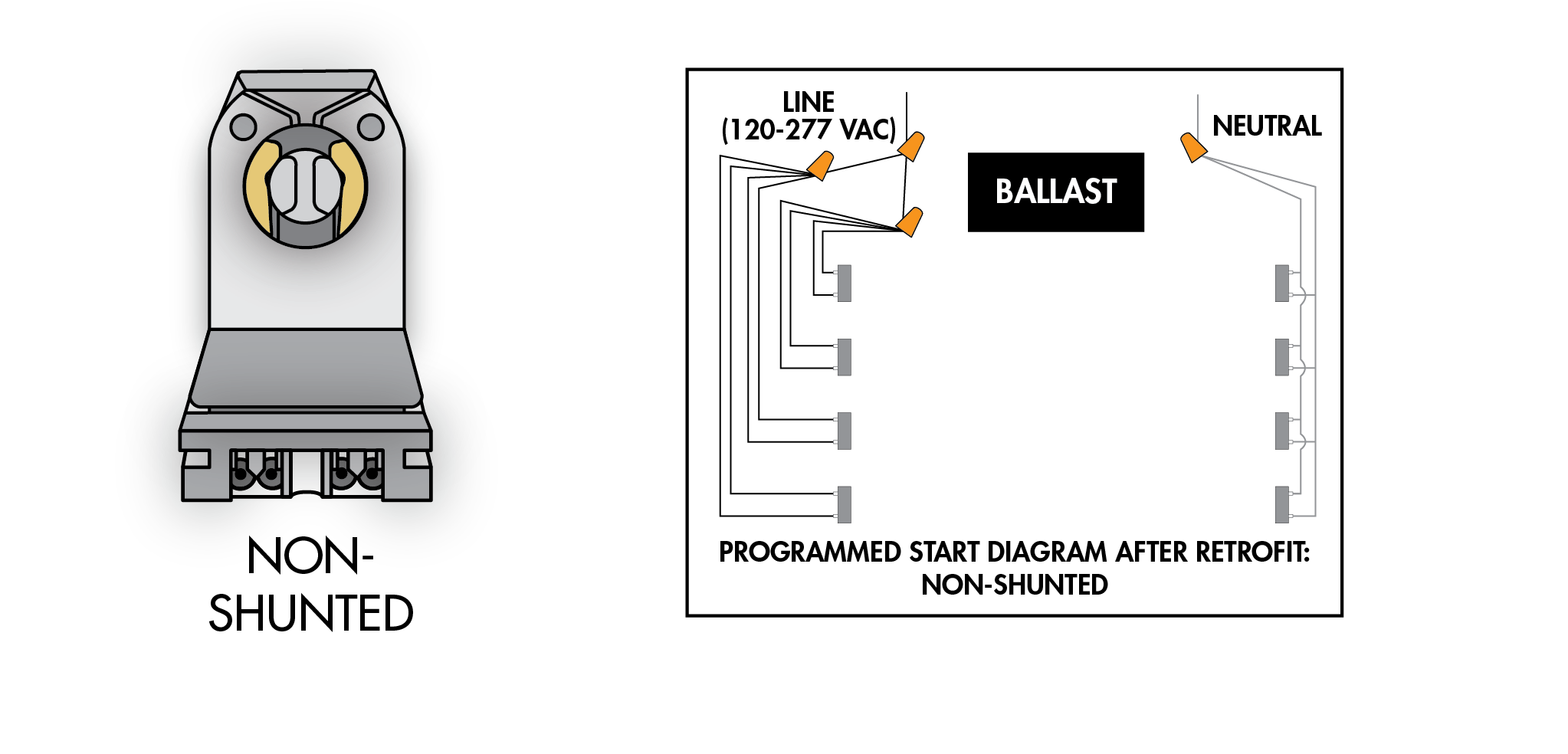
It’s critical to make sure you are using the right socket for your linear fluorescent or LED light fixture for several reasons. Using the correct socket will ensure you get the maximum life out of your lighting. On the other hand, pairing the incorrect socket to a ballast or bulb can cause premature lamp failure, lead to an electrical shortage that may cause a fire, and void the UL listing or warranty on the lamp.
When determining which type of socket you need, it’s important to note that double end wired tubes can use a shunted or non-shunted socket while single end wired tubes require non-shunted socket. However, any time you are in need of a more detailed breakdown, please refer to this chart below where the TCP team laid it all out for you!
